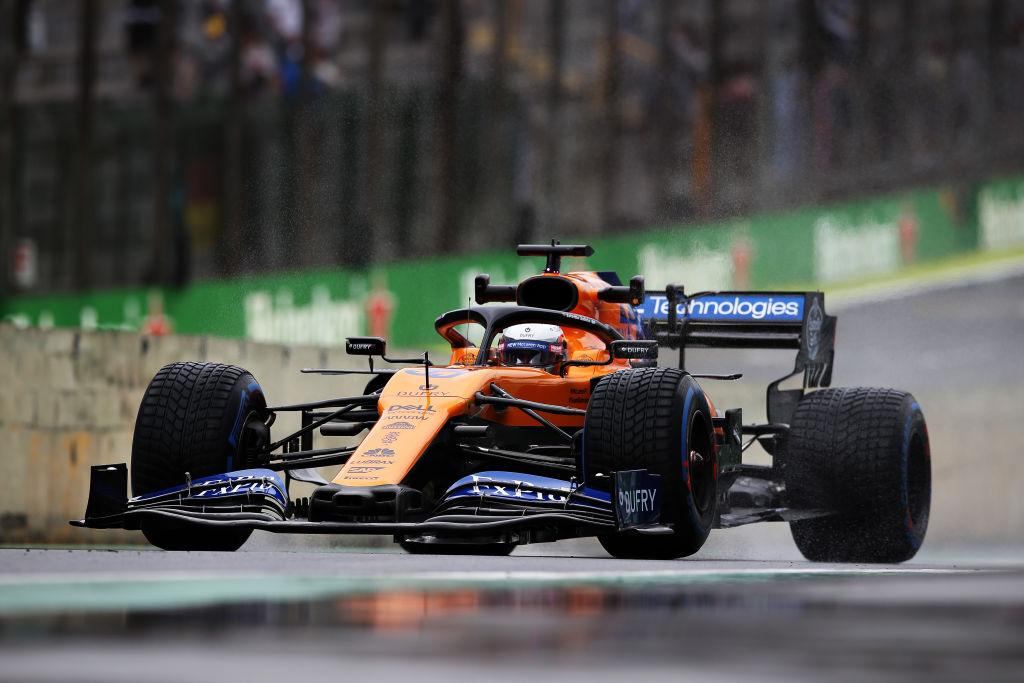
Formula1 Engines are Made with…Sand? Donut Media Explains
The science and engineering that goes into production and development of Formula1 cars is extensive. With the goal to create the best cars within the sport’s regulations, finding the most efficient way to create faster cars year after year, the technology used has to be constantly advancing and changing. Formula1 cars are designed to last through seemingly endless laps at high speeds, requiring a level of engineering that most people may not recognize. The process for creating these cars is rather impressive, like how teams use sand to build their engines.
Getting into the nitty gritty
Formula1 isn’t the most popular form of racing in the United States, taking a back burner to Indy races and NASCAR. Around the world, however, Formula1 racing is a pretty big deal, and if you’ve ever watched some of the exciting — and sometimes even horrifying — clips of the races, it’s easy to see why so many people are passionate about Formula1. Major manufacturers that participate in the race, such as McLaren, are so proud of their racing teams that they have even named models after their best drivers.

How much do Formula1 cars cost?
Formula1 racing isn’t cheap, either, with many teams spending multiple millions of dollars a season building their cars, flying and shipping their equipment around the world, and paying their teams and drivers. On top of that, according to Life Beyond Sport, it takes a minimum of around $7.7 million per car, with many teams spending many millions more than that.

How do F1 teams use sand to build their engines?
In the production of the engines for the race cars, things get a bit…sandy. Most teams use a process called 3D sand printing, and it’s about as weird as it sounds, but it’s a new variation of a tried-and-true classic method of manufacturing metal. The process itself is overall pretty simple, and when it’s broken down, it makes plenty of sense why this method is the method of choice for Formula1 teams.
Donut Media explains in detail why using 3D sand printing is an overall more efficient method for creating the engine block, and the video even explains how other forms of metal for cars are typically made and why these options aren’t as viable for Formula1 cars.


